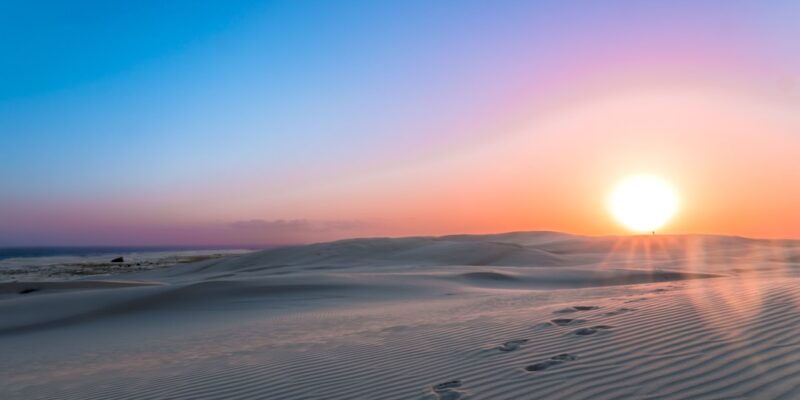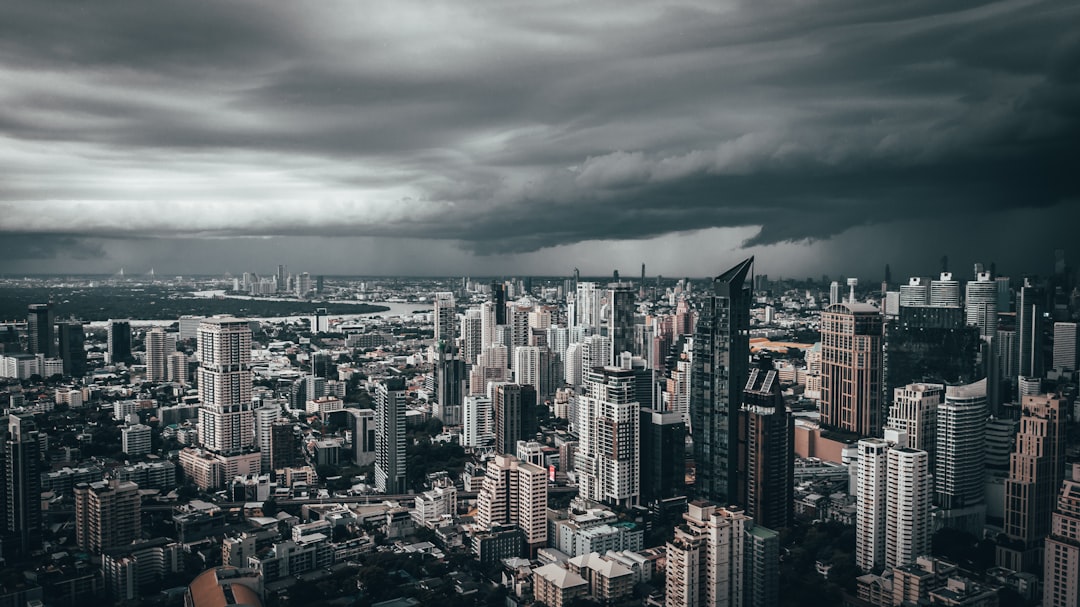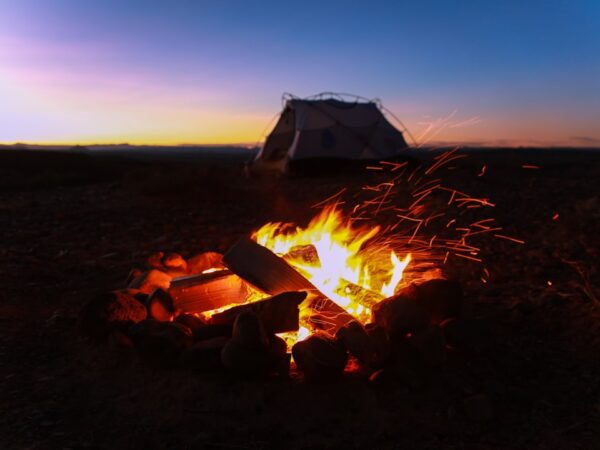
Exploring the Night Sky: Stargazing in Atacama Desert
The Atacama Desert, located in northern Chile, is renowned for its breathtaking landscapes and unique natural wonders. One of the most captivating experiences that this region offers is stargazing. With its clear skies, minimal light pollution, and high altitude, the Atacama Desert provides an ideal environment for observing the wonders of the night sky. In this article, we will explore why the Atacama Desert is a great place for stargazing and delve into the various aspects that make it a must-visit destination for astronomy enthusiasts.
Key Takeaways
- Stargazing in Atacama Desert offers a unique and unforgettable experience.
- The best time to stargaze in Atacama Desert is during the dry season from March to November.
- Dark skies are crucial for stargazing and Atacama Desert’s remote location provides ideal conditions.
- The top stargazing sites in Atacama Desert include Valle de la Luna, ALMA Observatory, and San Pedro de Atacama.
- Essential equipment for stargazing in Atacama Desert includes a telescope, binoculars, and warm clothing.
The Best Time to Stargaze in Atacama Desert
While stargazing in the Atacama Desert is possible throughout the year, there are certain times that offer optimal conditions for observing the night sky. The best time to visit the Atacama Desert for stargazing is during the dry season, which runs from May to September. During this period, the skies are typically clear and precipitation is minimal, providing excellent visibility for stargazers.
Several factors can affect stargazing conditions in the Atacama Desert. One of the most important factors is the moon phase. A new moon or a moonless night is ideal for stargazing as it allows for better visibility of fainter celestial objects such as galaxies and nebulae. Additionally, weather conditions play a crucial role in determining the quality of stargazing experiences. Cloud cover and atmospheric conditions can impact visibility, so it is important to check weather forecasts before planning a stargazing trip.
The Importance of Dark Skies for Stargazing
Dark skies are essential for a rewarding stargazing experience. Light pollution from cities and towns can significantly diminish visibility and make it difficult to observe faint celestial objects. The Atacama Desert offers some of the darkest skies in the world, making it an ideal location for stargazing.
The remote location of the Atacama Desert, coupled with its high altitude and minimal light pollution, creates an environment with exceptionally dark skies. The absence of artificial light sources allows for a clearer view of the stars, planets, and other celestial objects. This makes the Atacama Desert a haven for astronomers and astrophotographers who seek pristine conditions for their observations and photography.
The Top Stargazing Sites in Atacama Desert
| Site Name | Location | Altitude (m) | Visibility Score (out of 10) |
|---|---|---|---|
| Paranal Observatory | Cerro Paranal, Chile | 2,635 | 10 |
| ALMA Observatory | Llano de Chajnantor, Chile | 5,000 | 9 |
| San Pedro de Atacama | San Pedro de Atacama, Chile | 2,400 | 8 |
| Cerro Toco | San Pedro de Atacama, Chile | 5,604 | 7 |
| Cerro Armazones | Cerro Armazones, Chile | 3,064 | 6 |
The Atacama Desert is home to several top stargazing sites that offer unparalleled views of the night sky. One of the most popular sites is the Paranal Observatory, operated by the European Southern Observatory (ESO). Located at an altitude of 2,635 meters (8,645 feet), the Paranal Observatory boasts state-of-the-art telescopes and facilities that allow astronomers to conduct cutting-edge research.
Another notable stargazing site in the Atacama Desert is the ALMA Observatory. ALMA stands for Atacama Large Millimeter/submillimeter Array and is a collaboration between international partners including Europe, North America, and East Asia. Situated at an altitude of 5,000 meters (16,400 feet), ALMA is the world’s largest ground-based astronomical project and offers breathtaking views of the night sky.
Equipment Needed for Stargazing in Atacama Desert
To fully enjoy the stargazing experience in the Atacama Desert, it is important to have the right equipment. Here are some essential items you will need:
1. Telescope: A good quality telescope is essential for observing celestial objects in detail. Choose a telescope that suits your needs and level of expertise.
2. Binoculars: Binoculars are a great tool for stargazing as they provide a wider field of view compared to a telescope. They are also portable and easy to use.
3. Star Chart or Sky Map: A star chart or sky map will help you identify constellations, stars, and other celestial objects in the night sky.
4. Red LED Flashlight: A red LED flashlight is preferred over a regular flashlight as it does not disrupt night vision. It allows you to see your equipment and navigate in the dark without affecting your ability to see the stars.
The Best Stargazing Tours and Guides in Atacama Desert
For those who are new to stargazing or want a guided experience, there are several stargazing tours and guides available in the Atacama Desert. These tours offer a unique opportunity to learn about the night sky from knowledgeable guides and use high-quality telescopes for observation.
One of the top stargazing tours in the Atacama Desert is offered by Space Obs, a company that specializes in astronomy tourism. Their tours take visitors to remote locations with minimal light pollution, providing an optimal environment for stargazing. They also offer astrophotography workshops for those interested in capturing stunning images of the night sky.
Another reputable tour operator is Astro Tourism Chile, which offers stargazing experiences in various locations throughout the Atacama Desert. Their guides are experienced astronomers who provide informative and engaging presentations about the night sky.
The Most Spectacular Celestial Events to Observe in Atacama Desert
The Atacama Desert is known for its spectacular celestial events that attract astronomers and stargazers from around the world. Here are some of the most noteworthy events to observe:
1. Total Solar Eclipse: The Atacama Desert has been fortunate to witness several total solar eclipses in recent years. This rare event occurs when the moon passes between the sun and Earth, casting a shadow on the Earth’s surface and temporarily blocking out the sun’s light.
2. Milky Way Galaxy: The Atacama Desert offers unparalleled views of our own galaxy, the Milky Way. With its dark skies and minimal light pollution, the Milky Way appears as a stunning band of stars stretching across the night sky.
3. Meteor Showers: The Atacama Desert is an excellent location for observing meteor showers, such as the Perseids and Geminids. These showers occur when Earth passes through debris left behind by comets, resulting in a display of shooting stars.
The Fascinating Astronomy History of Atacama Desert
The Atacama Desert has a rich history in astronomy, with significant discoveries and advancements made in the field. In the early 20th century, several observatories were established in the region to take advantage of its clear skies and high altitude.
One of the most notable discoveries made in the Atacama Desert is the detection of exoplanets. In 1995, astronomers at the La Silla Observatory, located in the Atacama Desert, discovered the first exoplanet orbiting a sun-like star. This groundbreaking discovery opened up new possibilities for studying planets outside our solar system.
Tips for Photographing the Night Sky in Atacama Desert
Photographing the night sky in the Atacama Desert can be a rewarding experience. Here are some tips to help you capture stunning photos:
1. Use a tripod: To avoid camera shake and capture sharp images, use a sturdy tripod to keep your camera steady.
2. Use a wide-angle lens: A wide-angle lens allows you to capture more of the night sky and include interesting foreground elements in your photos.
3. Use manual mode: Set your camera to manual mode to have full control over exposure settings such as aperture, shutter speed, and ISO.
4. Experiment with long exposures: Long exposures can capture more light and reveal details in the night sky. Start with an exposure time of 15-30 seconds and adjust as needed.
The Future of Stargazing and Astronomy in Atacama Desert
The future of stargazing and astronomy in the Atacama Desert looks promising. With ongoing advancements in technology and research, astronomers are able to explore the universe in greater detail. The Atacama Desert’s unique conditions and infrastructure make it an ideal location for future astronomical projects and discoveries.
Stargazing in the Atacama Desert is a truly awe-inspiring experience. With its dark skies, minimal light pollution, and high altitude, this region offers optimal conditions for observing the wonders of the night sky. Whether you are a seasoned astronomer or a beginner, the Atacama Desert provides a unique opportunity to explore the universe and witness celestial events that will leave you in awe. So pack your bags, grab your telescope, and prepare to be amazed by the beauty of the night sky in the Atacama Desert.
FAQs
What is the Atacama Desert?
The Atacama Desert is a desert plateau in South America, covering a 1,000-kilometer strip of land on the Pacific coast, west of the Andes mountains.
Why is the Atacama Desert a good place for stargazing?
The Atacama Desert is one of the driest places on Earth, with clear skies and minimal light pollution, making it an ideal location for stargazing.
What kind of celestial objects can be seen in the Atacama Desert?
The Atacama Desert offers views of the Milky Way, planets such as Jupiter and Saturn, and various constellations and star clusters.
What is the best time of year to go stargazing in the Atacama Desert?
The best time to go stargazing in the Atacama Desert is during the winter months (June to August) when the skies are clearest.
What equipment is needed for stargazing in the Atacama Desert?
Binoculars or a telescope are recommended for stargazing in the Atacama Desert, as well as warm clothing and a red light flashlight to preserve night vision.
Are there any guided stargazing tours available in the Atacama Desert?
Yes, there are several tour companies that offer guided stargazing tours in the Atacama Desert, including some that provide transportation and equipment.


















